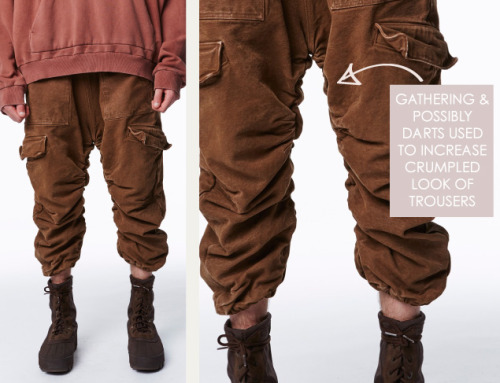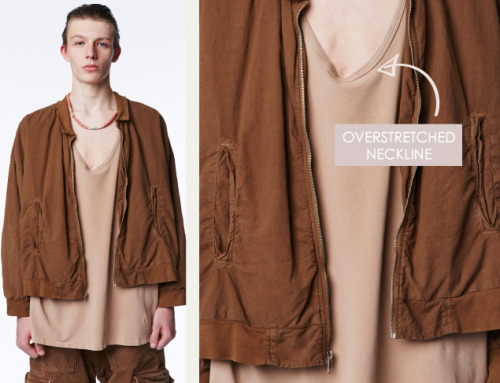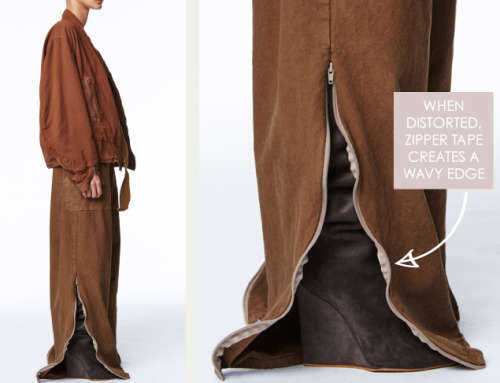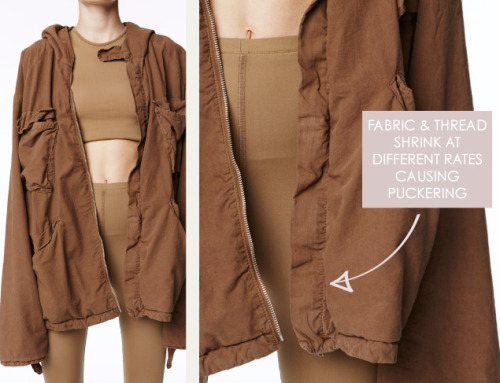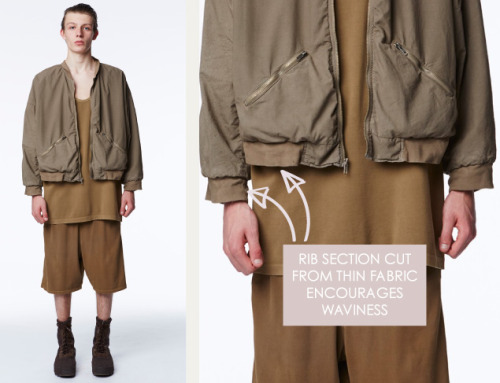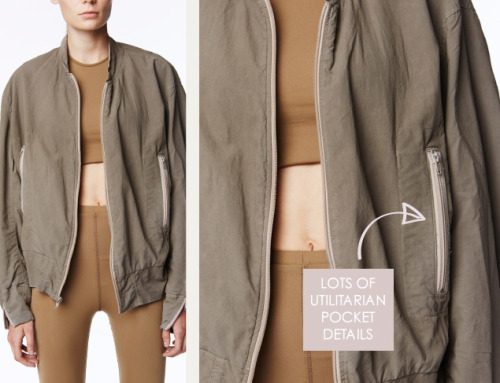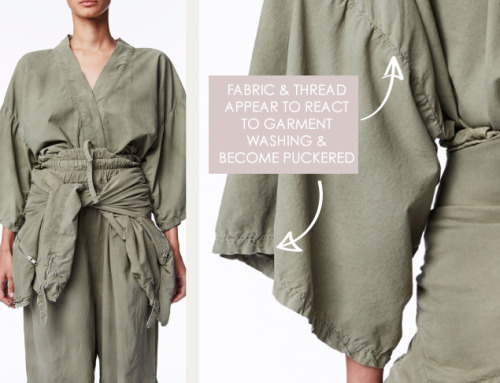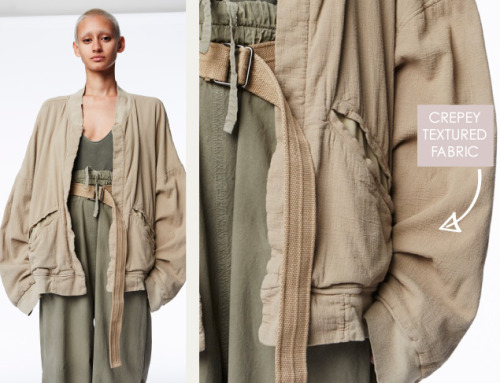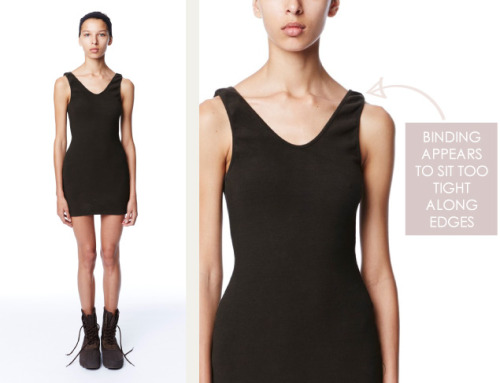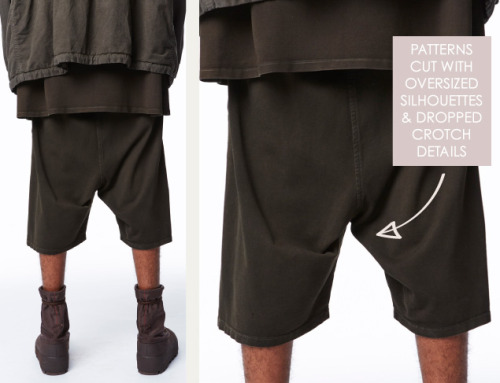 I created the superb LOL bags, I had so much fun made it, my finger hurt so bad, and my skin started to peel off. I guess I worked so hard! Hope somebody will like it. It will launch this Friday on 26th. Themava.etsy.com
I created the superb LOL bags, I had so much fun made it, my finger hurt so bad, and my skin started to peel off. I guess I worked so hard! Hope somebody will like it. It will launch this Friday on 26th. Themava.etsy.com PARIS, France — After months of silence, Nicolas Ghesquière has finally spoken out.
System magazine's Jonathan Wingfield interviewed Nicolas Ghesquière several times between early December 2012 and late March 2013. This was the first time Ghesquière had chosen to speak publicly about his shock departure after 15 years at Balenciaga.
Ghesquière opens up about why he left Balenciaga, his thoughts and impressions about the current state of the fashion industry and what the future has in store. As he mentions at one point in this defining conversation, “The best way to move forward is to go back to work.”
What follows is a global exclusive excerpt from the interview.
At what point into the job at Balenciaga did you realise you needed to wise up to the business side of the brand?
NG: Straight away. It’s part of being a creative because the vision you have ends up in the stores. It actually makes me smile today when I think about it because it was me who had to invent the concept of being commercial at Balenciaga. Right from the start I wanted it to be commercial, but the first group who owned the house didn’t have the first notion of commerce; there was no production team. There was nothing.
What was your vision for the brand?
NG: For me, Balenciaga has a history that is just as important as that of Chanel, even if it’s a lesser-known name. It had the modernity, it was contemporary, and I’ve always positioned it as a little Chanel or Prada.
But what makes Chanel and Prada bigger structures?
NG: The people that surround the designers. Miuccia Prada has an extraordinary partner, whereas I was doing everything by myself.
So without the right people, building something as big as a Chanel or Prada is unimaginable?
NG: I don’t know if it’s impossible, maybe the system will change, but what’s clear is that those brands have family and partners surrounding them, and they have creative carte blanche. Prada, for example, has made this model where you can be a business and an opinion leader at the same time, which is totally admirable. It’s the same thing at Chanel. Sadly, I never had that. I never had a partner, and I ended up feeling too alone. I had a marvellous studio and design team who were close to me, but it started becoming a bureaucracy and gradually became more corporate, until it was no longer even linked to fashion. In the end, it felt as though they just wanted to be like any other house.
You’re saying this spanned from a lack of dialogue?
NG: From the fact that there was no one helping me on the business side, for example.
Can you be more specific?
NG: They wanted to open up a load of stores but in really mediocre spaces, where people weren’t aware of the brand. It was a strategy that I just couldn’t relate to. I found this garage space on Faubourg-Saint-Honoré; I got in contact with the real estate guy who’s a friend of a friend, and we started talking… And when I went back to Balenciaga, the reaction was, ‘Oh no, no, no, not Faubourg-Saint-Honoré, you can’t be serious?’ And I said yes really, the architecture is amazing, it’s not a classic shop. Oh really, really… then six months went by, six long months of negotiations… it was just so frustrating. Everything was like that.
And the conversations, like that one about the store, who would you have them with?
NG: I’d rather not say. There wasn’t really any direction. I think with Karl and Miuccia, you can feel that it’s the creative people who have the power. It was around that time that I heard people saying, ‘Your style is so Balenciaga now, it’s no longer Nicolas Ghesquière, it’s Balenciaga’s style.’ It all became so dehumanised. Everything became an asset for the brand, trying to make it ever more corporate – it was all about branding. I don’t have anything against that; actually, the thing that I’m most proud of is that Balenciaga has become a big financial entity and will continue to exist. But I began to feel as though I was being sucked dry, like they wanted to steal my identity while trying to homogenise things. It just wasn’t fulfilling anymore.
When was the first time you felt your ambitions for the house were no longer compatible with Balenciaga’s management?
NG: It was all the time, but especially over the last two or three years it became one frustration after another. It was really that lack of culture which bothered me in the end. The strongest pieces that we made for the catwalk got ignored by the business people. They forgot that in order to get to that easily sellable biker jacket, it had to go via a technically mastered piece that had been shown on the catwalk. I started to become unhappy when I realised that there was no esteem, interest, or recognition for the research that I’d done; they only cared about what the merchandisable result would look like. This accelerated desire meant they ignored the fact that all the pieces that remain the most popular today are from collections we made ten years ago. They have become classics and will carry on being so. Although the catwalk was extremely rich in ideas and products, there was no follow-up merchandising. With just one jacket we could have triggered whole commercial strategies. It’s what I wanted to do, but I couldn’t do everything. I was switching between the designs for the catwalk and the merchandisable pieces – I became Mr Merchandiser. There was never a merchandiser at Balenciaga, which I regret terribly.
Did you never go to the top of the group and ask for the support you needed?
NG: Yes, endlessly! But they didn’t understand. More than anything else, you need people who understand fashion. There are people I’ve worked with who have never understood how fashion works. They keep saying they love fashion, yet they’ve never actually grasped that this isn’t yoghurt or a piece of furniture - products in the purest sense of the term. They just don’t understand the process at all, and so now they’re transforming it into something much more reproducible and flat.
What’s the alternative to this?
NG: You need to have the right people around you: people who adore the luxury domain. There has to be a vision, but there also has to be a partner, a duo, someone to help you carry it. I haven’t lost hope!
At the time when you were starting to feel that frustration, did you talk to any other designers who were in the same situation?
NG: Yes. What’s interesting is how my split from Balenciaga has encouraged people to get in touch with me, and they’ve said, ‘Me too, I’m in the same situation. I want to leave too.’ There are others, but my situation at Balenciaga was very particular.
In spite of the increasingly stifling conditions you felt you were operating in, were you nonetheless scared by the prospect of leaving Balenciaga?
NG: I just said to myself, ‘Okay, well you have to leave, you have to cut the cord.’ But I didn’t say anything to anyone, apart from to a few very close people, because, you know, I’ve become pretty good at standing on my own two feet.
Once you’d decided enough was enough and you made your intentions clear, was management surprised that you wanted to leave?
NG: Yes. I think so, because I’d shown my ambitions for the house. There’d been lots of discussions, of course, and there were clearly some differences, but that sort of decision doesn’t just come out of nowhere. I’d been thinking a lot too. I was having trouble sleeping at one point. [Laughs] But there’s usually something keeping me awake.
After the announcement, did lots of people in the fashion world contact you?
NG: I didn’t actually see all the reactions straight away because I was in Japan at the time; one of my best friends had taken me on something of a spiritual trip to observe people who make traditional lacquer and obi belts; it was such a privileged environment with tea ceremonies. On the other side of the world, there was this violent announcement being made. When I got back to Paris I saw the press, and with all the commentary going on I actually learnt things about myself; it was quite beautiful in fact. Generally the reaction had been very positive, even on Twitter there were some very satisfactory things being written. Ultimately, I felt okay in the end because it seemed very dignified. I haven’t expressed myself up until now, but I would like to say thank you to everyone, I really am very grateful.
Did you ever think about making a personal announcement?
NG: No, I never wanted to express myself like that. I don’t know how to do that.
What’s the most exciting thing about this period of time for you?
NG: Preparing for the next chapter and having the time to observe what’s going on in the industry. People could have forever associated me with Balenciaga. We saw clearly when the split took place that there was a desire for my name, so I disassociated myself naturally from the house. That could have been a risk. It would have been different if Balenciaga had disassociated itself from me, but people had seen me develop my signature and knew that it might happen. That’s exciting because whatever choice I make, the possibilities are open, and that was confirmed with the freeing of my name from Balenciaga. I’d made so much effort and been such a good obedient kid in associating myself… Now I can imagine a whole new vocabulary. I’m regenerating again, and that’s very exciting because it’s a feeling I haven’t had since I was in my twenties.
Guest-edited by Marie-Amélie Sauvé, the debut issue of System magazine hits newsstands this week. In addition to the full interview with Nicolas Ghesquière, it includes interviews with designers Azzedine Alaïa and Valentino, art director Marc Ascoli, and former Louis Vuitton chief executive Yves Carcelle.


































